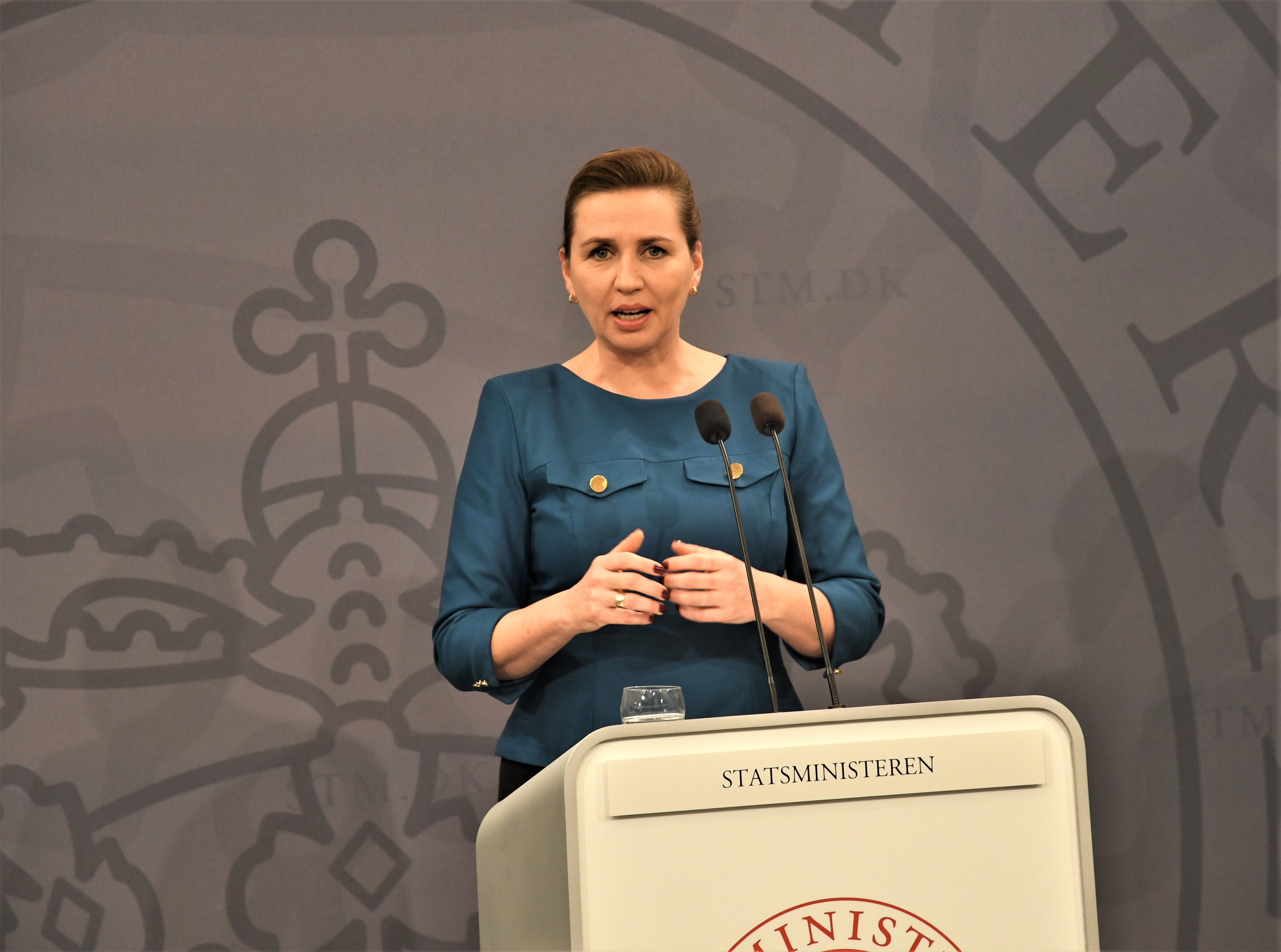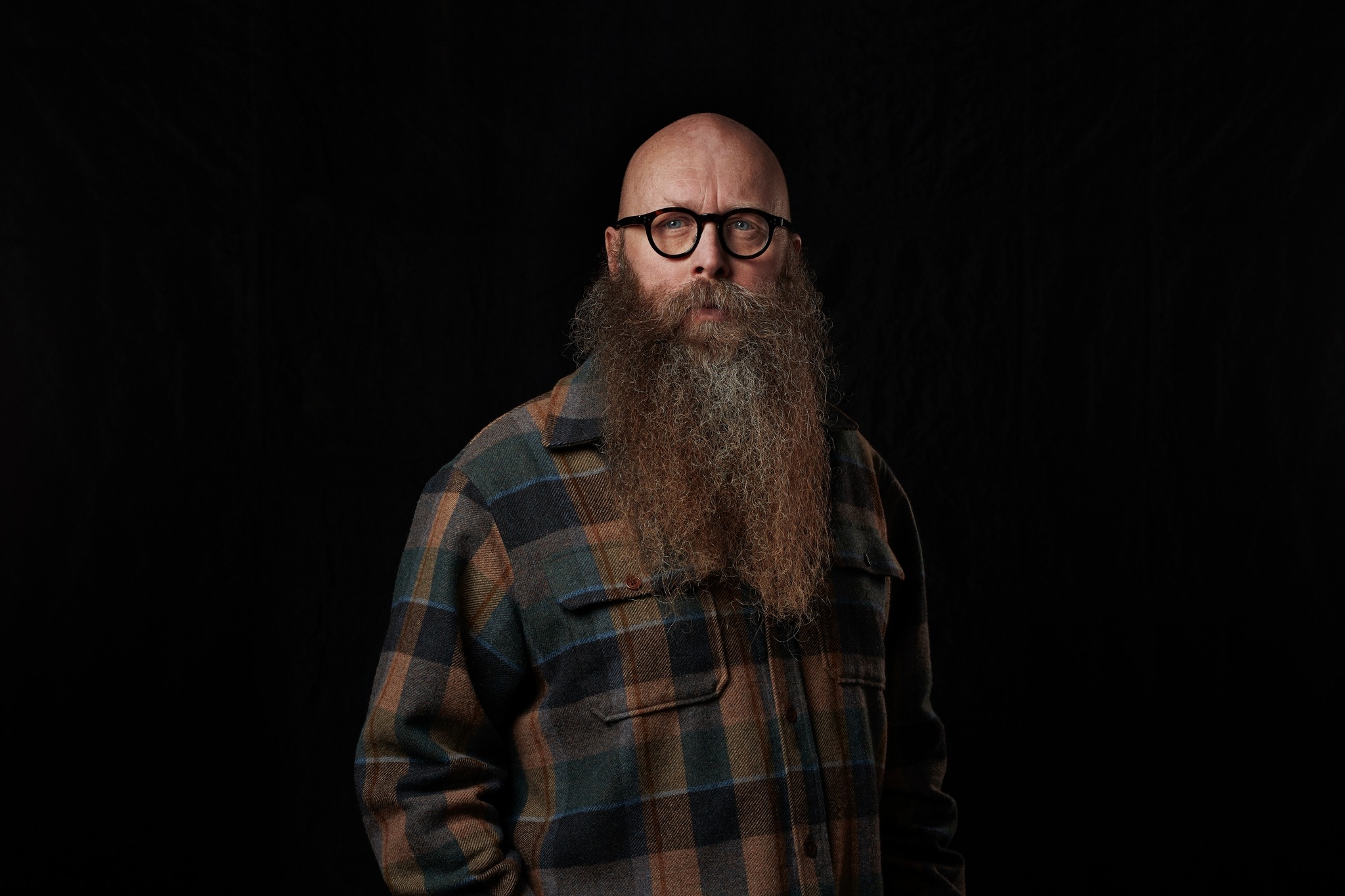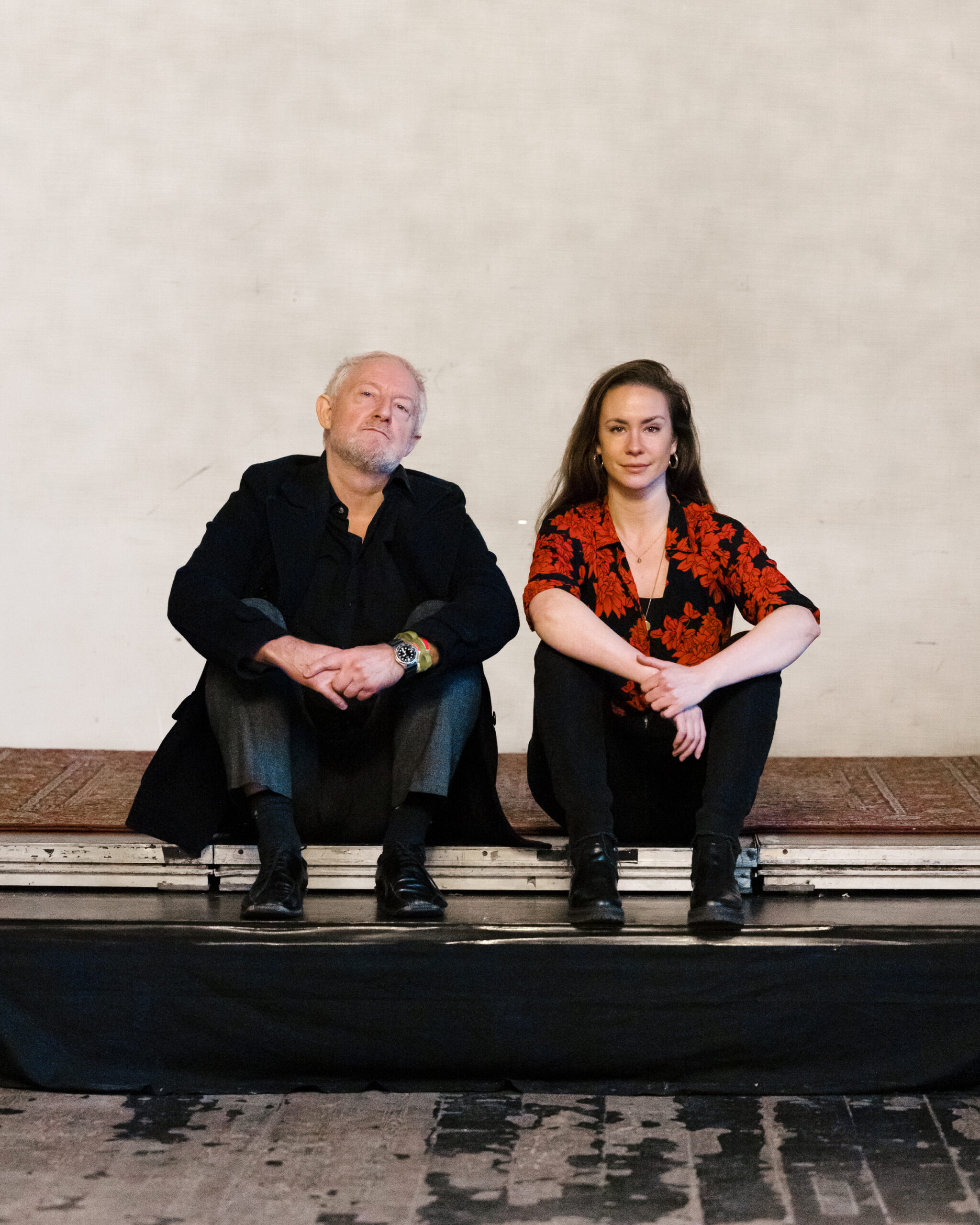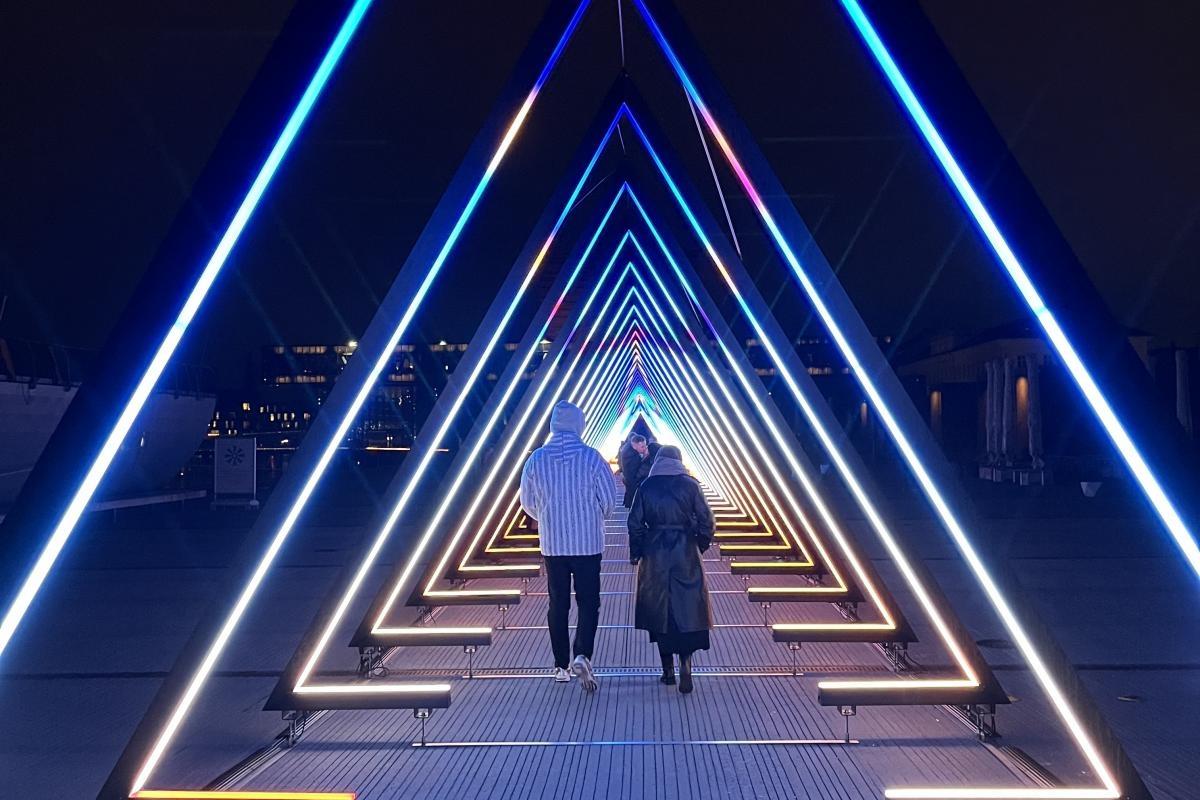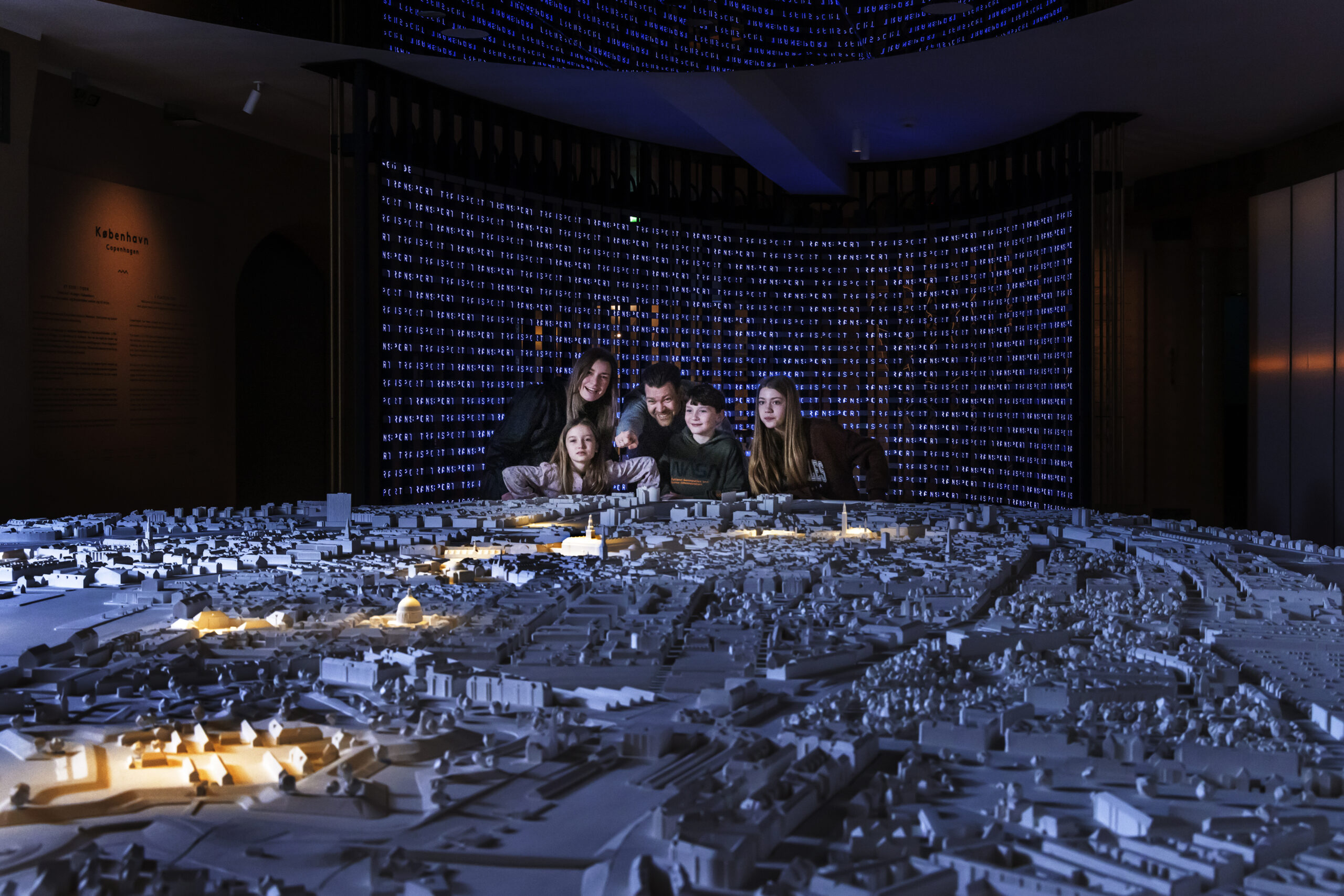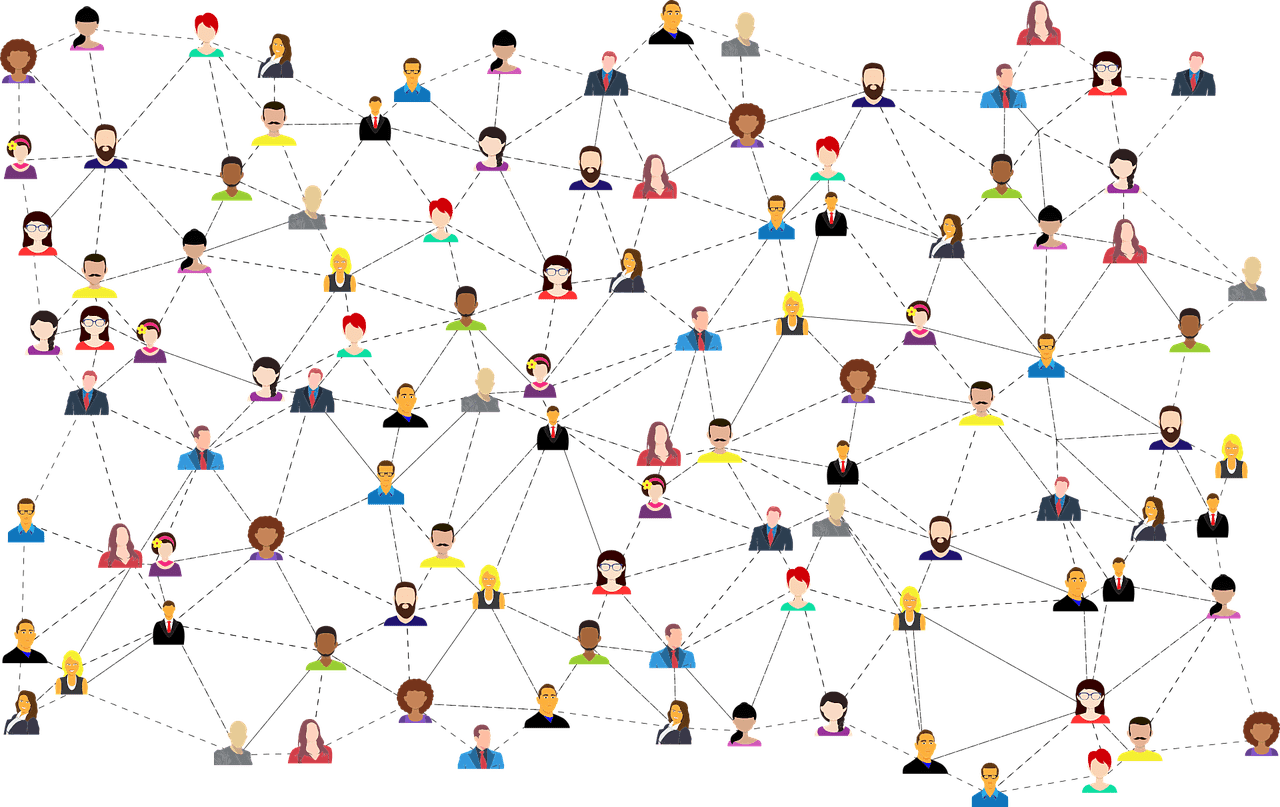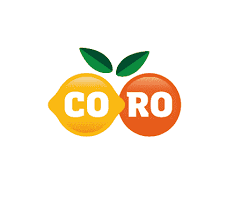Henry's Dream

July 18 – 20
Founded and organised by a team of ambitious, quirky visionaries and their close pals, the premiere edition of what may emerge as one of the most artistic festivals in northern Europe was a sensory immersion unlike any other.
The location of Henry's Dream had been kept secret until only a few hours before it was launched. Curious dreamers were driven via shuttle buses to an abandoned industrial site just north of the Roskilde Festival grounds.
Upon arrival, the wandering sound of a whale-like drone accompanied a cornucopia of colourfully-clad artists who performed around the entrance and upon warehouse rooftops. The scene was as close to a replica of the flower power 60s as one can come across in modern-day Denmark.
The ‘Dream District’ consisted of several well-designed stage areas, each of which had its own unique identity within the fabric of the festival’s overall dream atmosphere. There was a music temple, a 24-hour rave house, a ‘Totem Zone’ and a ‘Lucid Zone’. While some of the scenes resembled the traditional performance setup, others shattered the boundary between performers and the audience, with stages placed in the middle of dark warehouses filled with mist, illuminated paper mache globes and symphonic light shows.
In such areas, it was possible for the audience to get a 360 degree view of the bands, a daring performance design element that paid dividends by immersing the audience in the performance ritual. Equally remarkable was the fact that there was no band schedule and very little information at the festival itself about the acts, many of whom were experimental nomads who veer provocatively between genre lines. Particularly noteworthy concerts included the Danish alternative band Broke, Icelandic psychedelic rockers Dead Skeletons and CTM, the solo project of Choir of Young Believers’ cello player Cecilae Trier.
The haphazard concert schedule helped to cultivate a sense of immersion in the loose, hazy atmosphere, though many would undoubtedly have preferred a bit more structure and communication from the organisers.
A clean, well-organised camping area was available for those who braved all three days and a calm, well-behaved public who cleaned up after themselves was a welcome antithesis to the destructive “let's leave all our junk behind” mentality of Roskilde. But placing the camping area right alongside a busy motorway, a good kilometre or so from the festival site, left much to be desired.
For a debut festival, the ambitious organisers’ have a few things to improve upon, but overall their intention to create a parallel society devoid of the structuralist constraints of the everyday worked remarkably well.




